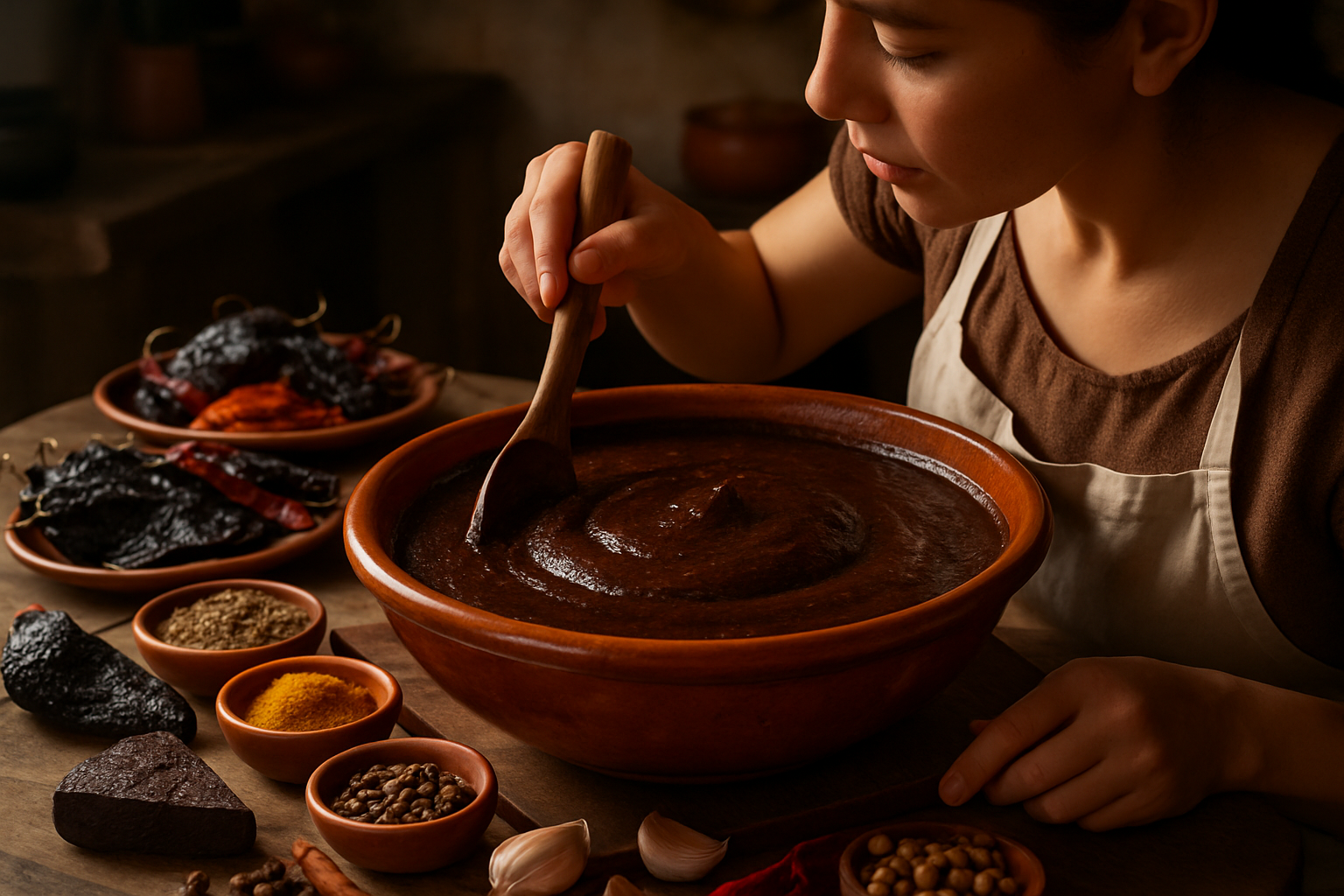Techniques for building depth in broths and sauces
Building depth in broths and sauces comes from combining technique, time, and ingredient choices. Small steps—browning bones, sweating aromatics, reducing liquids, and seasoning in stages—accumulate into complex, balanced flavor. Understanding how umami, spices, seasonality, and fermentation contribute lets cooks create richer, more nuanced bases for sauces, soups, and finished dishes.

A well-constructed broth or sauce is rarely the result of a single trick; it’s the sum of layered methods that amplify and balance flavor. Consider each action—heat, time, salt, acid, and fat—as a way to extract, concentrate, or harmonize tastes. The following sections explain practical techniques that cooks can apply to deepen savory profiles while maintaining clarity and balance.
How do techniques create depth in broths?
Start with the right foundation: bones, vegetables, or roasted aromatics. Roasting bones and mirepoix before simmering develops Maillard flavors and creates a darker, more complex stock. Gentle simmering (not rolling boil) extracts gelatin and soluble flavors without emulsifying unwanted fat or clouding the liquid. Periodic skimming, long low-temperature extraction for clarity, and finishing with an appropriate reduction concentrate the character of the liquid. For vegetable broths, sweat aromatics slowly to release sugars and avoid bitterness.
How does umami enhance sauces?
Umami is a useful tool for perceived depth: it increases savory presence without necessarily adding saltiness. Ingredients such as mushrooms, aged cheeses, tomato paste, soy, miso, kombu, and dried fish deliver different umami profiles and can be combined judiciously. Use small amounts to lift a sauce; pairing glutamate-rich items with nucleotide sources (for example, mushrooms with anchovy or bonito) creates synergy. Finish sauces with a touch of umami element rather than heavy-handed application to preserve balance.
Which spices add layered flavor?
Whole spices toasted briefly in a dry pan release essential oils that deepen aroma and flavor; grind or infuse them afterward. Black peppercorns, coriander seeds, star anise, and cloves can be added to sachets or bouquet garni so they impart nuanced notes without overwhelming a broth. Ground spices are best added toward the end when you want direct flavor, while toasting and infusing whole spices during simmering provide background complexity. Consider charred aromatics—charred onion or garlic—for smoky depth.
How does seasonality affect base flavors?
Seasonal ingredients change the character of broths and sauces. Spring herbs and lighter vegetables yield fresher, brighter stocks; late-season root vegetables and roasted game bones produce richer, more robust foundations. Using seasonal produce also ensures peak flavor and nutrient density, which reduces the need for heavy seasoning. Adjust extraction time and aromatics to match ingredient intensity: delicate spring stocks benefit from shorter draws, while winter braises often need long, slow reductions.
Can fermentation deepen savory profiles?
Fermented ingredients are powerful depth-builders because fermentation develops concentrated flavors, acidity, and umami. Miso, soy sauce, fish sauce, fermented chili pastes, and aged vinegars add complexity when used sparingly. Fermented vegetables or quick pickles can provide bright counterpoints to gelatinous stocks. For advanced technique, use small quantities of aged dashi components (like kombu or katsuobushi) to layer marine umami without fishiness. Always taste as you add—fermented items can quickly dominate.
How to use pairing and plating to finish?
Depth in the base should be supported by thoughtful pairing at the plate. Balance richness with acid (vinegar, citrus), brightness with fresh herbs, and texture with crisp elements. A velvety sauce benefits from an acid splash or herb garnish; brothy preparations pair well with crunchy toasted crumbs or quick-pickled vegetables. When plating, consider temperature and mouthfeel: a warm gelatinous broth will coat differently than a thin consommé, so choose complementary accompaniments that reinforce the intended experience.
Conclusion Layered, flavorful broths and sauces come from deliberate choices at every stage: ingredient selection, heat application, time, and finishing touches. Techniques like roasting, slow extraction, toasting spices, and incorporating fermented or umami-rich components add measurable depth, while attention to seasonality and pairing ensures balance. Applied together, these methods let cooks produce bases that support and elevate a wide range of dishes.





